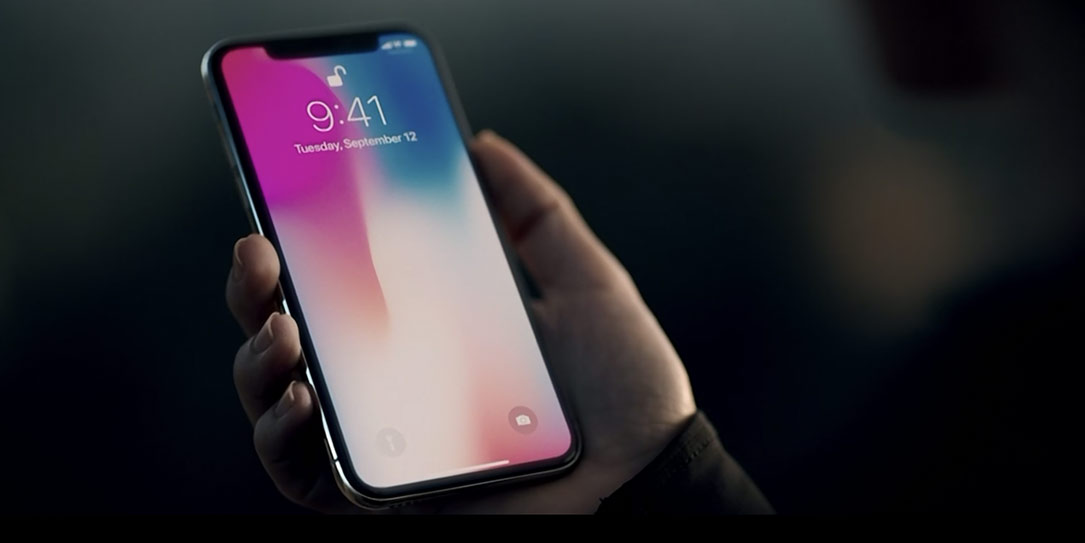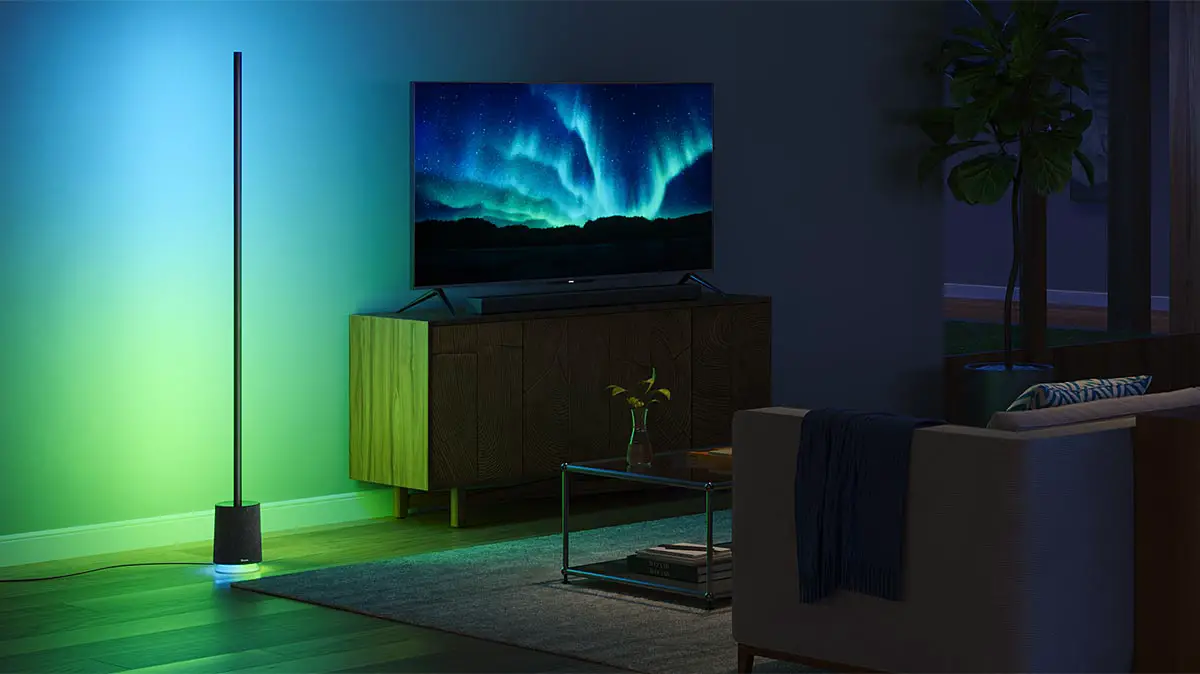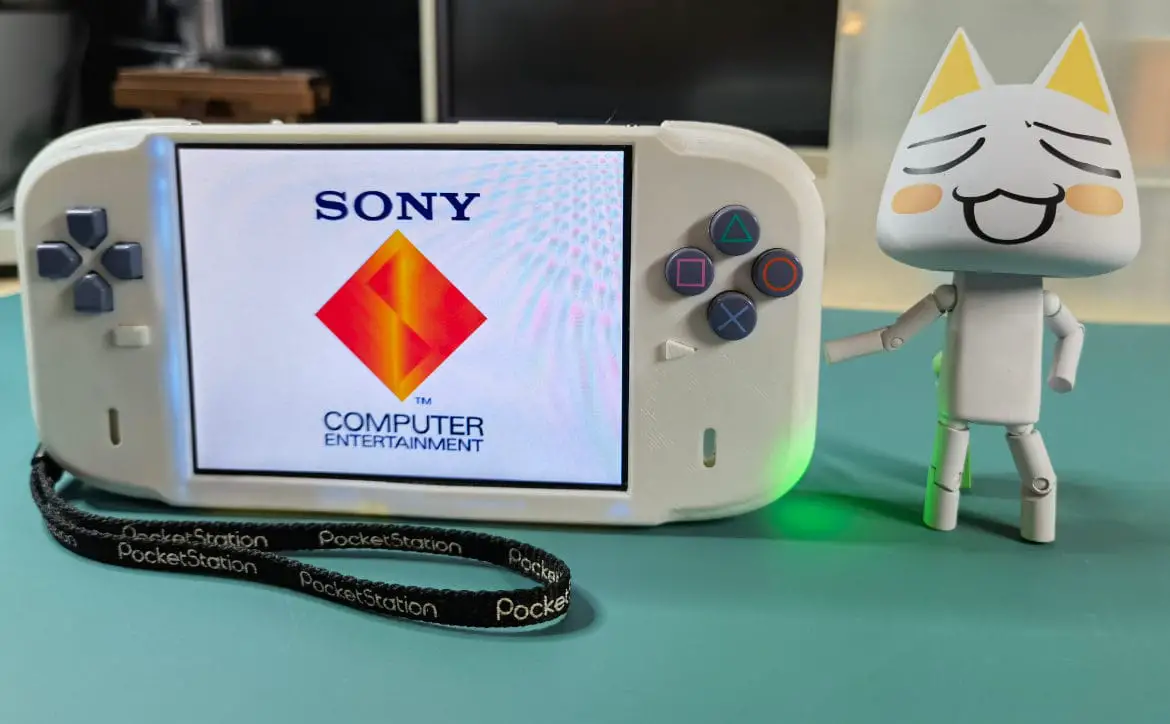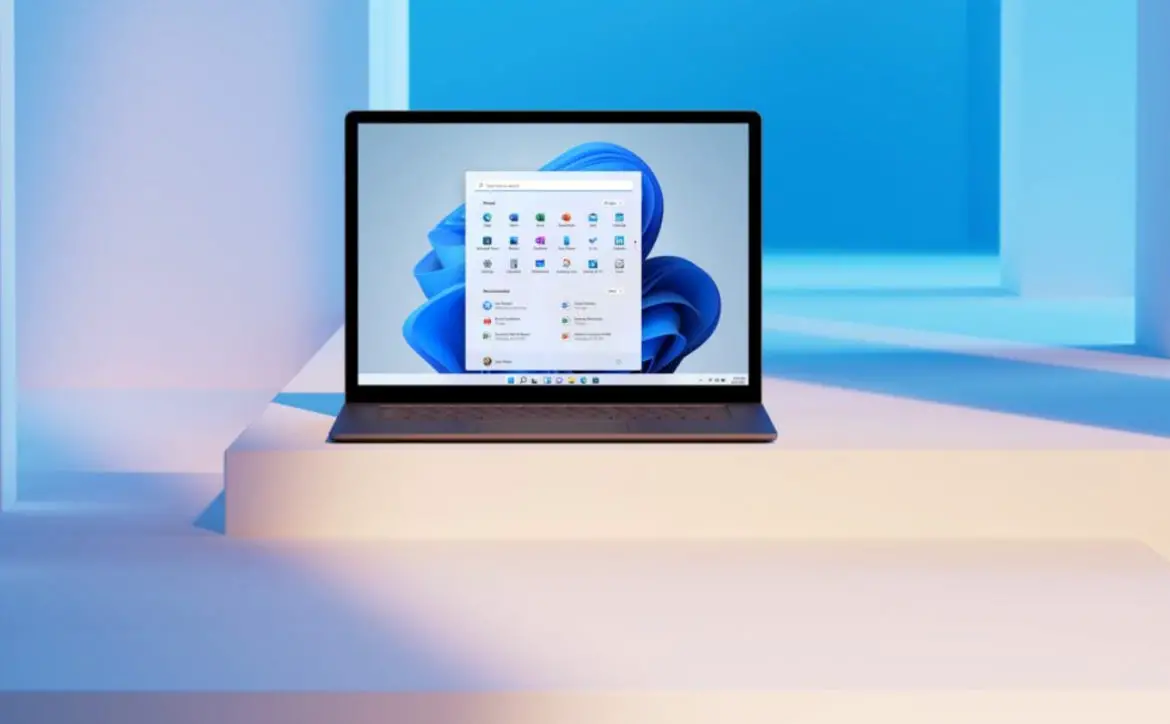Before we begin, it’s important to note that no one has really used Face ID in a real world, daily life setting, and all opinions (including mine) should probably be taken with a grain of salt. We’ll know more once everyone has a device in hand.
Yesterday I posted a simple social media post with the main point of this article, that is having to swipe up after unlocking with Face ID. Upon waking up this morning, I discovered there are other voices also making known their opinions on Face ID. First, let’s clarify what Face ID isn’t.
It’s not Android Face Unlock. That feature showed up around the Nexus 5 era and didn’t fare very well as it failed to be a solid, secure measure. So, while Android may have had the idea of unlocking a phone with your face, it was mostly a gimmick and not a serious security measure. If you have to compare Apple’s new authentication method to anything, it should be Windows Hello. Android Face Unlock lacked the camera and sensors that are similarly utilized in both Windows Hello and Face ID. Although, Samsung has since tried to improve on the technology as well.
The internet is also having a blast with Apple’s hiccup at the Keynote where Craig Federighi failed to unlock the phone on the first attempt. Some news outlets are reporting that Apple’s stock dropped after that failed attempt. Frankly, this doesn’t concern me at all. Technical glitches happen all the time no matter what hardware or software you use. Apple isn’t immune to things not working.
Still, others are complaining that Apple’s new unlocking method isn’t ergonomically friendly. This complaint revolves around the fact that you actually have to look at the device to unlock it. While I don’t agree with this particular complaint, I do understand the concern. From what I watched at the Keynote yesterday, the sensors in front are intelligent enough to detect your face from multiple angles. So it would seem you should be able to pull the phone out, look at it as normal (not in that awkward Craig Federighi way) and it should unlock. I will agree that removing the phone from a pocket using a fingerprint sensor is most assuredly going to be faster.
Circling back to my personal main concern surrounding the only biometric security measure on the iPhone X, swiping up to get to your homescreen. Personally, I love Windows Hello and I think I’ll like Face ID. But when I see that demo where I still have to swipe up to get to my homescreen after unlocking, well, that felt unintuitive to me. It feels like using an Android fingerprint scanner but still requiring a pin code to access the device. I would have liked to see the iPhone X unlock and go to the homescreen straight away. Perhaps Apple will implement that feature before shipping the device to consumers.
Right now, I can’t definitively say that Apple’s new authentication method will suck. I need to experience it for myself and use it on a daily basis. I can only opine from what I saw in the presentation, and my main concern is that extra swipe up action. Who knows, I could be completely overthinking and overreacting to this, I will find out when I get the iPhone X in my hand. I do think they should have kept Touch ID as a backup, but Apple’s motto is usually all or nothing.
What do you think of Face ID? Let us know in the comments below or on Google+, Twitter, or Facebook.










